How iron-air batteries could fill gaps in renewable energy
Weirton, West Virginia has iron in its blood. The town got its first iron furnace back in 1790. Then, in 1909, Ernest Weir bought 105 acres of land to build one of the country’s largest steel mills. The mill named for Weir employed more than 10,000 workers, provided essential town infrastructure, and eventually became West Virginia’s largest employer. “My grandfather worked in the mill, my father worked in the mill, my brother, myself,” Weirton city councilor and former steel worker Enzo Fracasso told West Virginia Public Radio in 2019. “The mill made a lot of people, tens of thousands of people, raise a family, send children to school, live the American dream.”
But just as happened in other parts of the Rust Belt, business sagged as international competition heated up. Weirton Steel declared bankruptcy in 2003 and was eventually bought out by multinational steel manufacturer ArcelorMittal. Much of the original mill was demolished in 2019.
Click here to read the full article
Source: PBS
—
If you have any questions or thoughts about the topic, feel free to contact us here or leave a comment below.

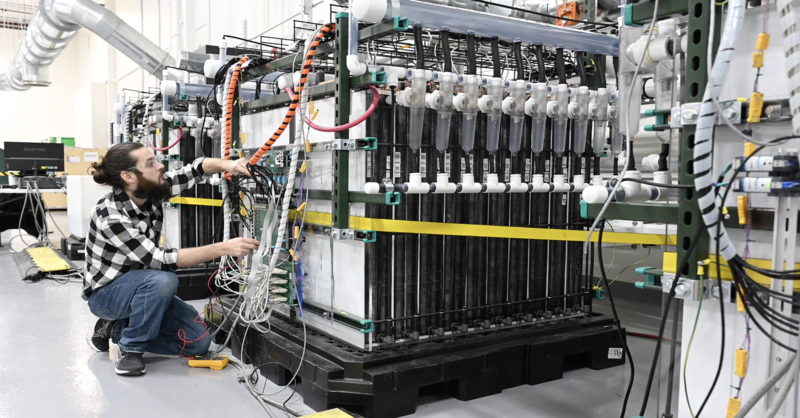
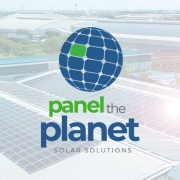 Panel The Planet
Panel The Planet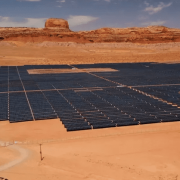
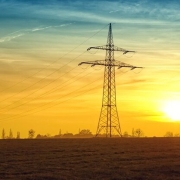
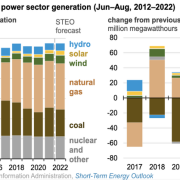
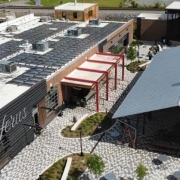
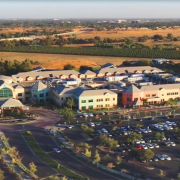


Leave a Reply
Want to join the discussion?Feel free to contribute!